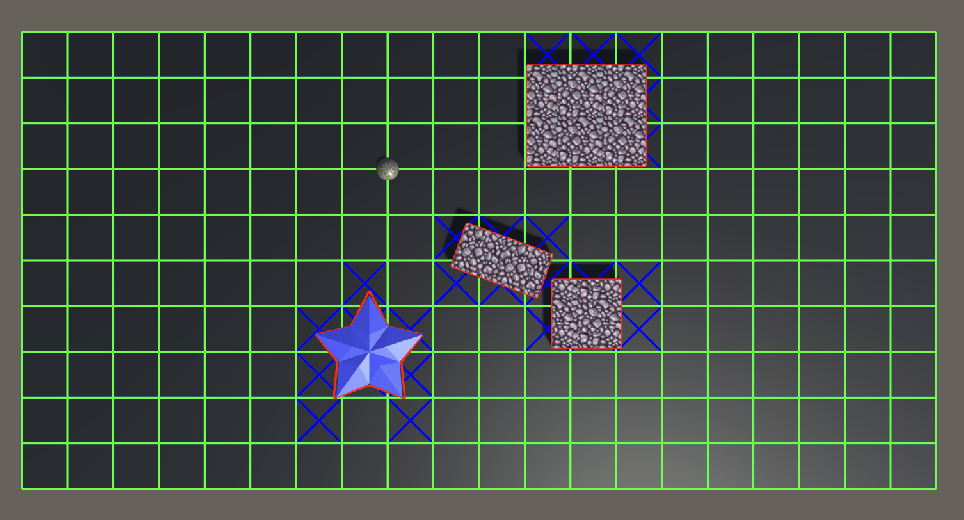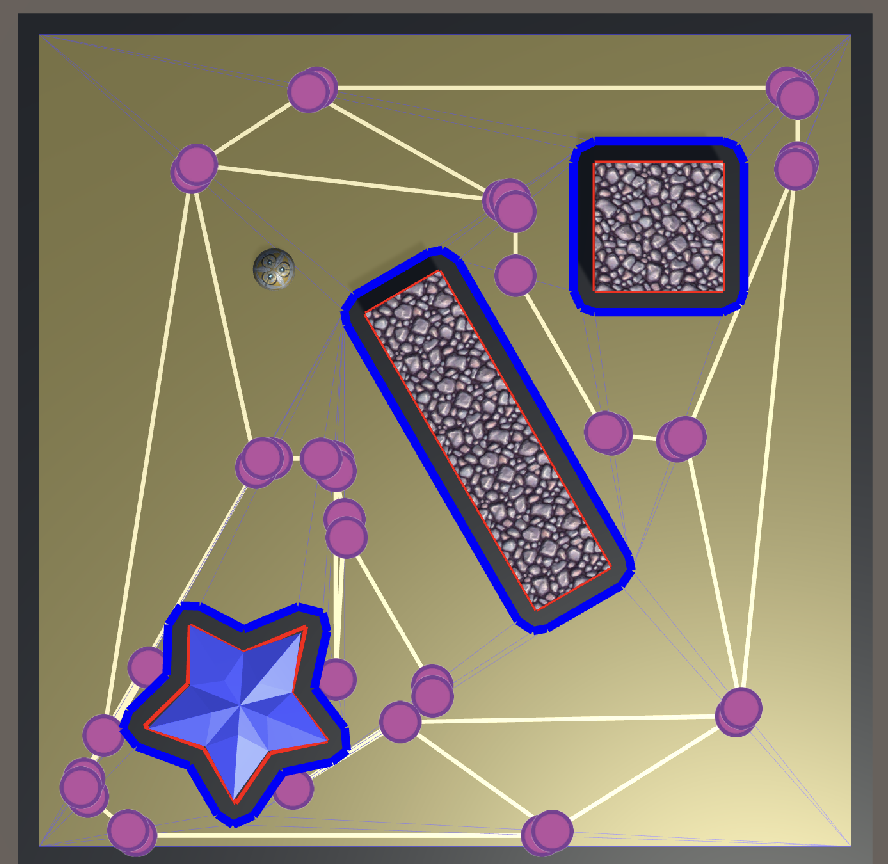Navigation In Video Games
I recently signed up for a course on artificial intelligence for video games. I’m not really big on video games, but the course is interesting and the applications to real world problems are really cool to consider.
Video games are also traditionally a playground for reinforcement learning researchers to put together some really cool models like at Deepmind.
The first topic that our course covered was pathfinding in video games, and to be honest I wasn’t especially enthusiastic about this at first.
Our first assignment was to put together a grid mesh for navigation. This means taking some plane in a game world, and defining a “discretized space” representation. This is a fancy way of saying that we’re going to take a plane and divide it into a grid of squares so that we can navigate easily and tell our agents (characters) where they’re going.
This is important though, because it helps us to define a space that we can navigate in. We can define a start and end point, and then we can use some algorithm to find the shortest path between the two points.
Grid Navigation
Grid navigation is the process of navigating a discretized space represented by a grid of squares. Each square in the grid can either be traversable or an obstacle, allowing the navigation algorithm to find the best path from a start point to an end point.

PathNetwork Algorithm
Below is a demo of the Path Network that I put together for the assignment. The purple circles are different nodes in the network, and the lines between them are the edges that connect them. The path network is a way to represent the space as a set of navigable nodes and edges, making it easy to find the shortest path between two points.
Navigation Mesh
 A navigation mesh is a more complex representation of the game world that allows for more dynamic and flexible pathfinding. It is a collection of polygons that define the navigable areas of the game world, allowing characters to move freely within these areas while avoiding obstacles.
A navigation mesh is a more complex representation of the game world that allows for more dynamic and flexible pathfinding. It is a collection of polygons that define the navigable areas of the game world, allowing characters to move freely within these areas while avoiding obstacles.
Pathfinding algorithms like A* and Dijkstra’s Algorithm can be used on this network to find efficient routes for characters in the game. These algorithms evaluate the shortest path by considering the cost of moving from one node to another, ensuring that the path taken is the most optimal in terms of distance and traversal cost.
Exploring these algorithms and seeing them in action within the game environment has been an enlightening experience. It has provided me with a deeper appreciation for the complexity and ingenuity involved in creating navigational systems in video games. These systems not only enhance the gameplay experience but also demonstrate the practical applications of AI in problem-solving and optimization tasks.